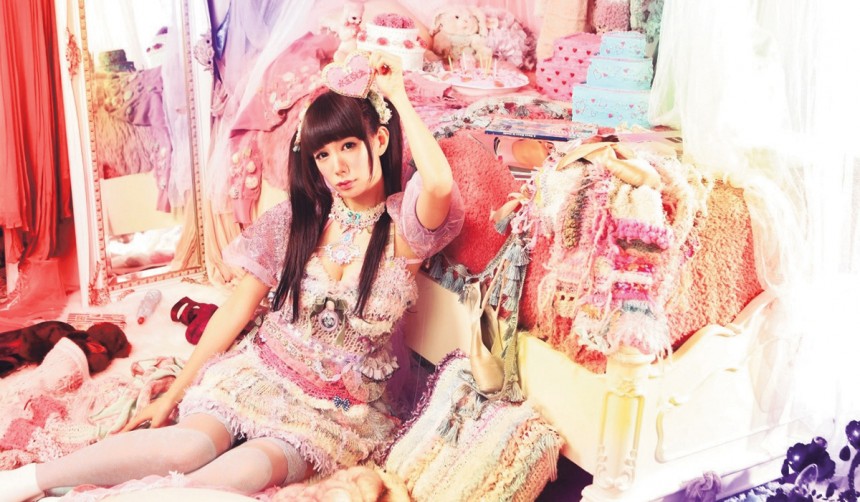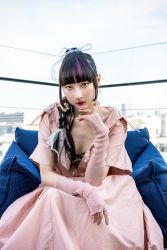
In Tokyo fashion, “feminine” is a tricky word. Not necessarily from the Japanese perspective, where a surprising number of nuanced words break down the monolith into its component parts; but when observers come into the city, it’s the go-to word to describe the palpable difference in women’s fashion. Whether it’s foreign men praising the perceived femininity of Japanese female fashion, forgetting the hyper-feminized women on MTV back home, or women from abroad feeling out of sync with a different standard of womanhood. It’s a tricky business to discuss without veering into the political—and one discussed at length in this week’s Metropolis on Air podcast.
But from a fashion perspective, it’s relatively easy to articulate what people refer to as feminine. Charged items may include dresses, heels, and other gender-segregated garb; but often, it’s the kind of dress—not the dress itself—that’s seen as feminine.
For example, a body-conscious simple black dress worn in New York is probably going to score lower on a subjective femininity scale than a frilly pink-lace monster with heavy petticoat worn in Harajuku, despite the fact that the former is more likely to reveal more of the feminine shape of a woman’s body than the latter. So it might be useful to think in terms of how Japanese femininity differs, rather than whether it’s “more” or “less” feminine.
These visual signposts can be incredibly powerful to non-Japanese observers. I recently accompanied an American buyer friend to a showroom in Tokyo, and the issue of whether a given dress was “too feminine” for the U.S. market came up. At first, I could not see what the stumbling block might be, and on closer inspection, it was a subtle gathering of fabric at the shoulder that created a slight puff sleeve that was the issue.
In fashion terms, this kind of sleeve makes the shoulder and upper arm look smaller by pulling away from the body, as opposed to how those looking to flaunt their muscles wear a size too small to make their arms appear larger as it strains against the fabric. It’s odd to think that the difference in a seam or dart can be such a battleground, but such is the power of fashion.
Back to puff sleeves, and it’s worth considering that compared to the body-conscious dress, it belongs to the traditionally feminine realm of lace, bodices, and ribbons that may conjure images of Victorian England.
To the foreign observer, these images may scream conservatism, conformity, and modesty, and yet in the case of Japan, these visual signifiers turn up in Lolita fashion as rebellion. The adoption of this femininity in fashion was far from a bid for patriarchal approval, but an opt out of traditional Japanese female roles with one of the participant’s own invention. This pattern persists across Japanese fashion culture, and it’s worth leaving your own cultural baggage at the door before engaging with it.
Ultimately, it helps to remember that what’s “feminine” in fashion is not a fixed feast. In the past, pink was a color for young boys … and let’s not forget how manly a kilt still is.
Every culture and every generation gets the chance to re-fashion femininity, so don’t be surprised when the next generation turns it on its head.







